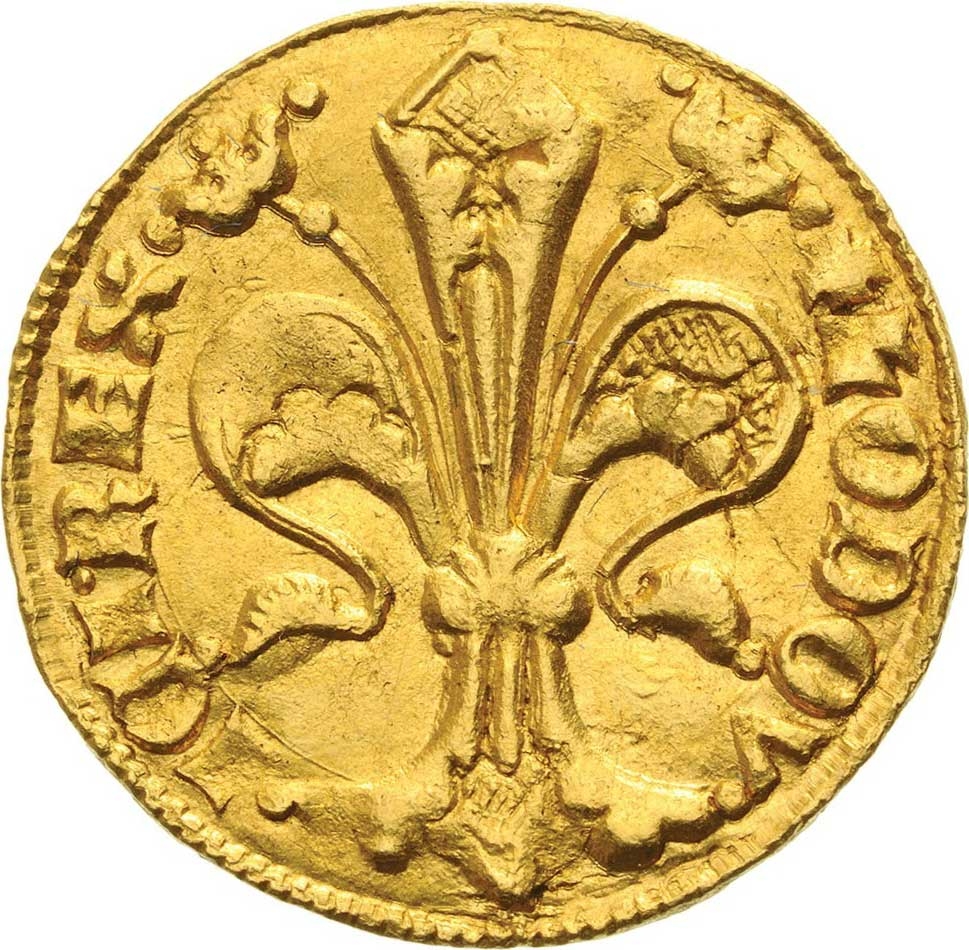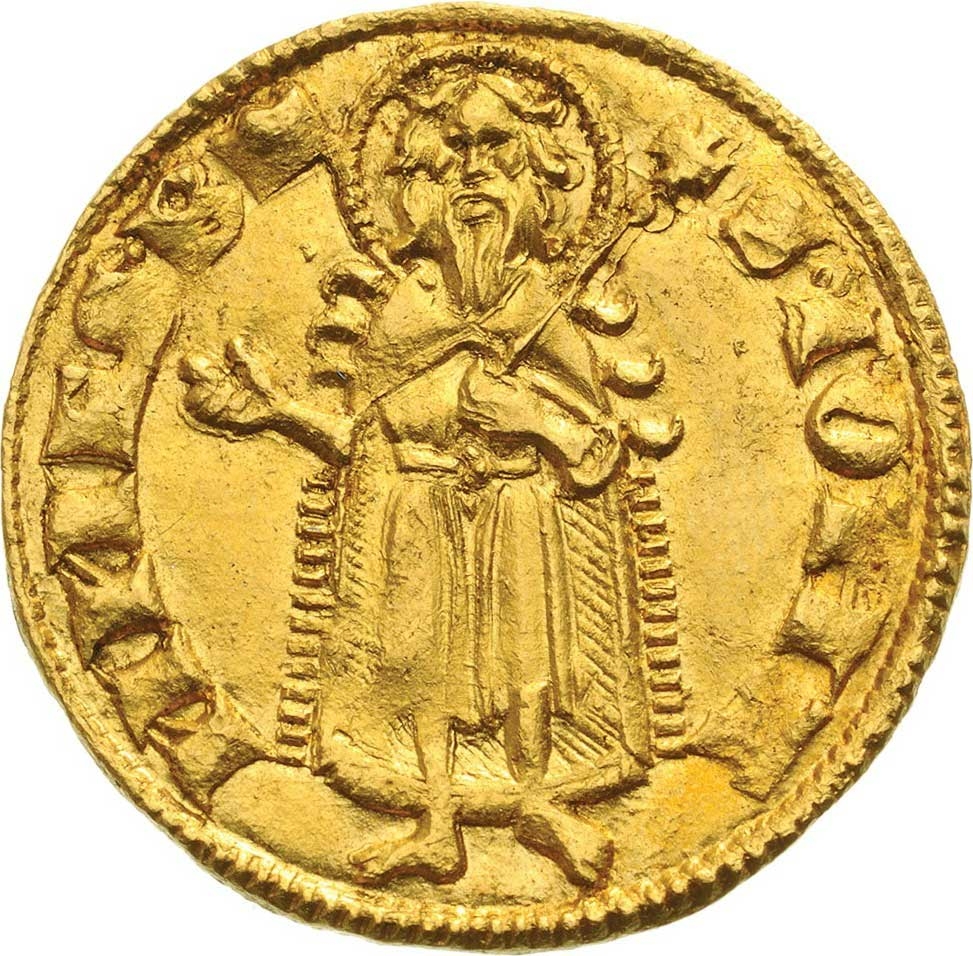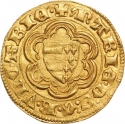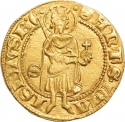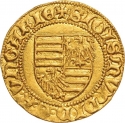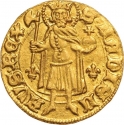You are about to finish your registration. Please check your mailbox (including spam folder). There should be a letter with a confirmation link. Check setting to make sure that your e-mail address is correct.
Send letter againDescription
Louis I (1326–1382), also known as Louis the Great, reigned as King of Hungary and Croatia from 1342 and King of Poland from 1370. Born on 5 March 1326, he was the first surviving child of Charles I of Hungary and Elizabeth of Poland. A 1338 treaty ensured his right to inherit the Polish throne from his uncle, Casimir III, in exchange for military support. He succeeded his father in 1342, influenced heavily by his deeply religious mother. Louis launched campaigns against the Lithuanians, restored royal power in Croatia, and expanded his influence towards the Black Sea. After his brother's assassination, Louis waged wars against Queen Joanna I of Naples but failed to secure lasting control there.
In Hungary, Louis ruled with absolute power, granting privileges to his courtiers while confirming the liberties of the nobility at the 1351 Diet. He introduced significant reforms, including a uniform rent system for peasants and the right to free movement. Louis also engaged in wars against neighboring territories, briefly extending his rule over parts of Serbia, Moldavia, Wallachia, and Bulgaria. His attempts to convert pagan and Orthodox subjects to Catholicism met resistance. He inherited Poland in 1370 and sought to secure his daughters' succession rights. Despite his efforts, his rule was unpopular in Poland. In his later years, Louis became more religious and supported Urban VI during the Western Schism. Louis's reign ended with his death on 10 September 1382, leaving a legacy as a powerful monarch in Hungarian history.
Obverse

|
Depicts a decorative Anjou lily surrounded by the inscription "King Louis." + LODOV · · ICI REX |
|---|---|
Reverse

|
Depicts a standing portrait of Saint John the Baptist. He is shown with a halo of pearls around his head and holding a scepter. The inscription "Saint John" runs around the edge of the coin, interrupted by a depiction of a crown. S · IOHA NNES · B |
| Edge |
